When you pick up a prescription at your local pharmacy, you might not think twice if the bottle says generic instead of the brand name. But if you’re discharged from the hospital and your doctor switches your medication to something different, that’s a whole different story. The reason? Retail and hospital pharmacies don’t just serve different places-they follow completely different rules when it comes to swapping one drug for another.
What Substitution Actually Means in Each Setting
In a retail pharmacy, substitution usually means swapping a brand-name drug for a cheaper generic version. This happens at the counter, right before you pay. Pharmacists in all 50 states are legally allowed to do this unless the doctor wrote "dispense as written" or the patient says no. It’s fast, routine, and mostly driven by insurance rules. In 2023, about 90% of eligible prescriptions filled at retail pharmacies were generic versions. In a hospital, substitution isn’t about cost-it’s about clinical safety. Hospitals don’t let individual pharmacists swap drugs on the spot. Instead, a team of doctors, pharmacists, and nurses meets regularly to decide which drugs can be swapped across entire units. This is called therapeutic interchange. For example, if a patient needs an antibiotic and the hospital’s formulary favors one drug over another because it’s safer or more effective, the change is made at the protocol level-not the checkout counter.Who Decides and How
At a retail pharmacy, the pharmacist makes the call. They check the prescription, see if the insurance covers the generic, and if there’s no restriction, they substitute. They’re required to tell you in most states-either verbally or in writing. In 32 states, they must speak to you directly. In 18, they need your signed consent the first time you get a generic. In a hospital, no single person decides. A Pharmacy and Therapeutics (P&T) committee, made up of clinical experts, reviews evidence and approves which substitutions are allowed. Once approved, those rules become part of the hospital’s electronic system. If a doctor orders a drug that’s been flagged for interchange, the system alerts the pharmacist and often suggests an alternative. The doctor still has to approve the change, but the pharmacist’s role is to guide the decision-not just fill the script.What Drugs Can Be Swapped
Retail pharmacies mostly swap pills-oral tablets and capsules. Over 97% of retail substitutions are for these simple forms. You won’t see a pharmacist swapping your IV antibiotic or biologic injection at the drugstore. Those are too complex, too risky, and too tightly controlled. Hospitals swap all kinds of drugs. IV antibiotics, injectables, biologics, even compounded medications. In fact, nearly 70% of hospital therapeutic interchanges involve non-oral drugs. That’s because hospital patients often need more aggressive, tailored treatments. A patient on vancomycin might be switched to linezolid if their kidney function is failing, or if the hospital’s infection control team wants to reduce resistance risks. These decisions are based on lab results, patient history, and clinical guidelines-not insurance formularies.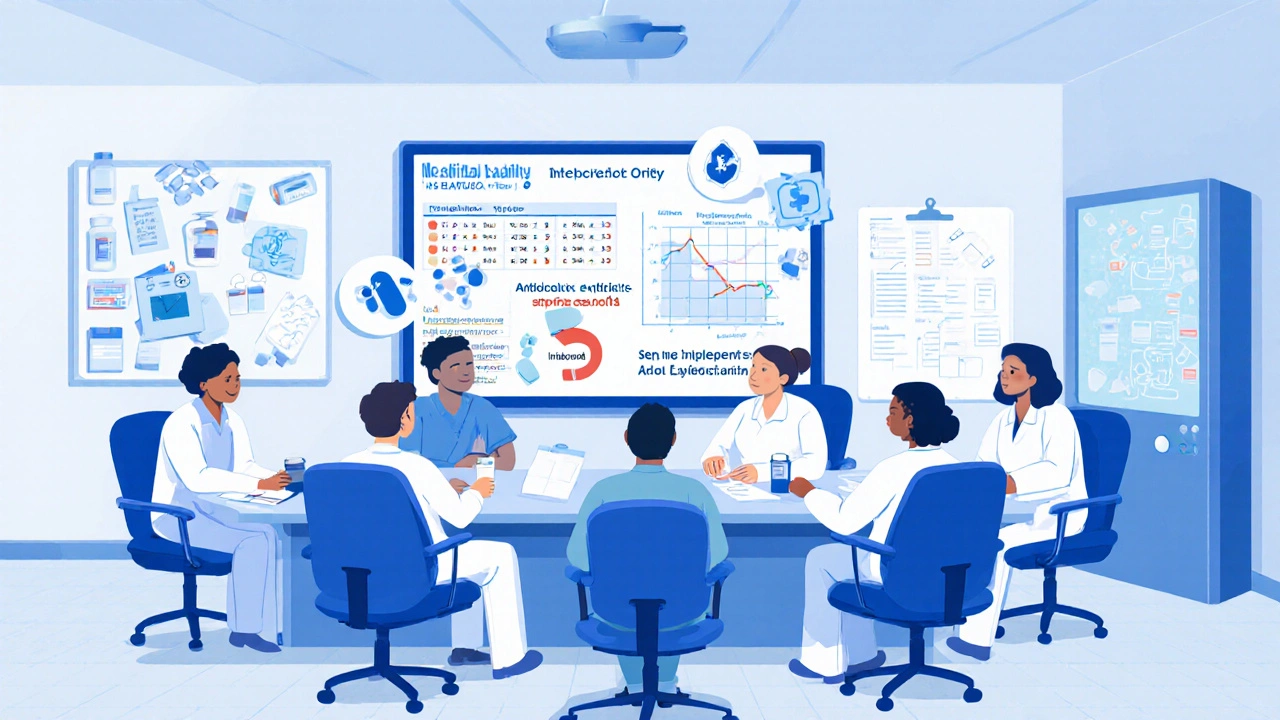
Why the Differences Matter for Patients
The biggest risk isn’t in the substitution itself-it’s in the handoff. When a patient leaves the hospital, their discharge meds might be different from what they were on before. If the retail pharmacist doesn’t know about the change, or if the hospital didn’t document it clearly, the patient could end up taking two versions of the same drug-or missing one entirely. Data from the Institute for Safe Medication Practices shows that nearly 24% of medication errors during hospital-to-home transitions involve substitution mismatches. That’s why more hospitals are now sharing substitution records with community pharmacies through electronic health systems. Some retail chains have even started calling discharged patients to check if their meds changed. On the flip side, retail substitution helps patients save money. Generic drugs cost 80-85% less than brand names. In 2023, retail generic substitution saved the U.S. healthcare system $317 billion. That’s real relief for people paying out of pocket or struggling with high co-pays.What Pharmacists Need to Know
Retail pharmacists spend a lot of time explaining why a drug changed and calming patients who think generics are inferior. Many patients believe brand names work better-even when they don’t. One study found that 14% of patients reported confusion or anxiety after switching to a generic. That’s why communication skills are critical. Retail pharmacists need to be educators, counselors, and insurance navigators all at once. Hospital pharmacists need to be clinical scientists. They must understand drug interactions, pharmacokinetics, antimicrobial stewardship, and how to interpret lab data. They’re not just filling orders-they’re helping design treatment pathways. One hospital pharmacist told me their team reduced C. difficile infections by 30% after switching from broad-spectrum penicillins to narrower-spectrum alternatives based on local resistance patterns.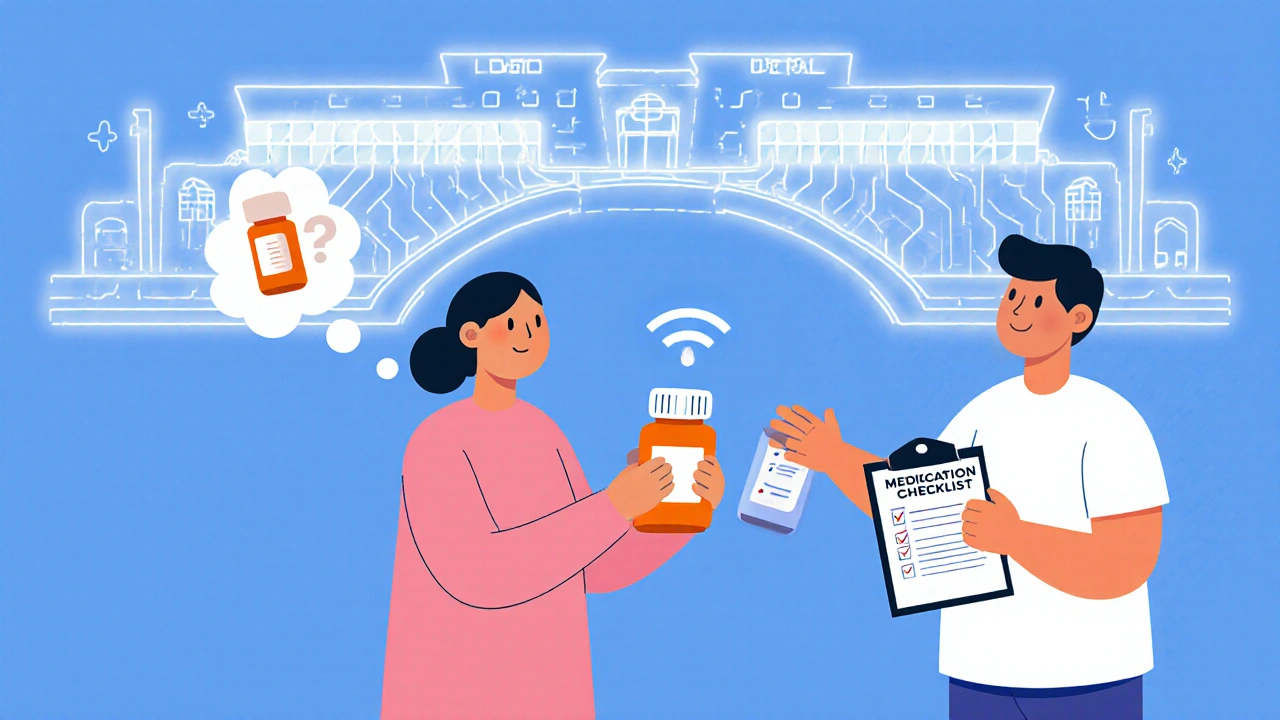
How Rules Are Changing
The system is slowly starting to talk to itself. In July 2024, new federal rules require pharmacies and hospitals to share standardized substitution records. Epic and Cerner, the two biggest electronic health record systems, are building tools that will automatically send substitution history from hospital to retail pharmacies. By 2025, if you’re discharged with a new medication, your community pharmacist will see exactly why the change was made. Biosimilars-generic versions of complex biologic drugs-are also becoming more common. Twenty-three states now have laws allowing pharmacists to substitute them, but rules vary. Some require physician notification. Others let pharmacists swap them like regular generics. Hospitals are ahead here, using biosimilars to cut costs on expensive cancer and autoimmune drugs.What You Should Do as a Patient
If you’re switching from hospital to home care, always ask: "Did my meds change? Why?" Don’t assume your discharge meds are the same as what you were taking before. Bring a list of all your current medications to your pharmacy appointment. If you see a new pill, ask if it’s a substitute-and why. If you’re on a specialty drug like insulin or rheumatoid arthritis meds, know that substitutions are rare. But if your insurance denies coverage, your pharmacist might suggest a different drug within the same class. Ask if it’s a true therapeutic equivalent, not just a cheaper alternative.Bottom Line
Retail substitution is about access and affordability. Hospital substitution is about safety and science. One happens at the counter. The other happens in a conference room with a team. Both are vital. But when they don’t talk to each other, patients pay the price. The future isn’t about choosing one over the other. It’s about connecting them. Better records. Better communication. Better transitions. Because whether you’re picking up your blood pressure pill at CVS or getting your IV antibiotics in the hospital, you deserve the right drug-every time, without confusion.Can a retail pharmacist substitute any prescription?
No. Retail pharmacists can only substitute generic versions of brand-name drugs if the prescription doesn’t say "dispense as written" and the patient doesn’t refuse. They can’t substitute specialty drugs like biologics, insulin, or IV medications. State laws vary, but substitution is limited to oral solid dosage forms in most cases.
Why do hospitals use therapeutic interchange instead of simple substitution?
Hospitals prioritize clinical outcomes over cost. Therapeutic interchange is a team-based decision made by doctors and pharmacists using evidence-based protocols. It’s not just about switching to a cheaper drug-it’s about choosing the safest, most effective option for the patient’s condition, kidney function, allergies, or other factors.
Are generic drugs as effective as brand names?
Yes. The FDA requires generics to have the same active ingredient, strength, dosage form, and route of administration as the brand name. They must also be absorbed into the body at the same rate and extent. Most patients experience no difference. A 2023 Consumer Reports survey found that 86% of patients saw no change in effectiveness after switching to a generic.
What happens if I refuse a generic substitution at the pharmacy?
You can refuse. The pharmacist must honor your request. But you’ll likely pay more-sometimes significantly more-because you’ll get the brand-name drug. Your insurance may not cover it, or you might have to pay the full price. If cost is an issue, ask your pharmacist if there’s another generic option or if your doctor can request a prior authorization.
Why do hospital pharmacists need more clinical training than retail pharmacists?
Hospital pharmacists manage complex cases: patients on multiple drugs, kidney or liver failure, infections, critical care. They must interpret lab results, adjust doses in real time, and know how drugs interact in sick bodies. Retail pharmacists focus on dispensing, counseling, and insurance logistics. Both are essential, but hospital roles demand deeper clinical knowledge because they’re part of the care team-not just the dispenser.
How can I make sure my meds don’t get mixed up when I leave the hospital?
Ask for a written list of all your discharge medications, including names, doses, and reasons for any changes. Take that list to your pharmacy and ask them to compare it with your old prescriptions. If your hospital has a discharge follow-up program, sign up for it. Many now call patients within 48 hours to check for confusion or problems with new meds.

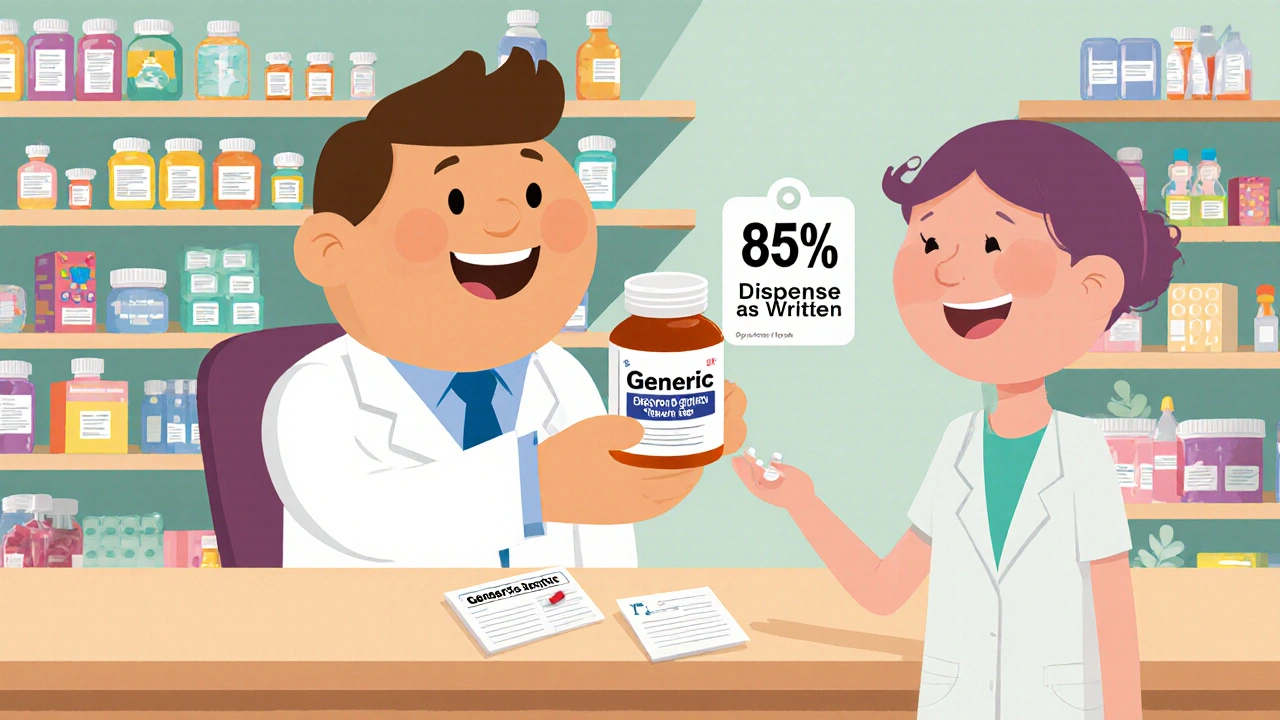
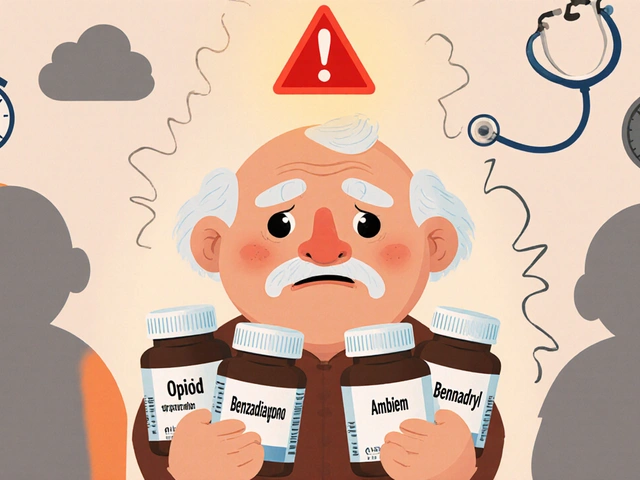

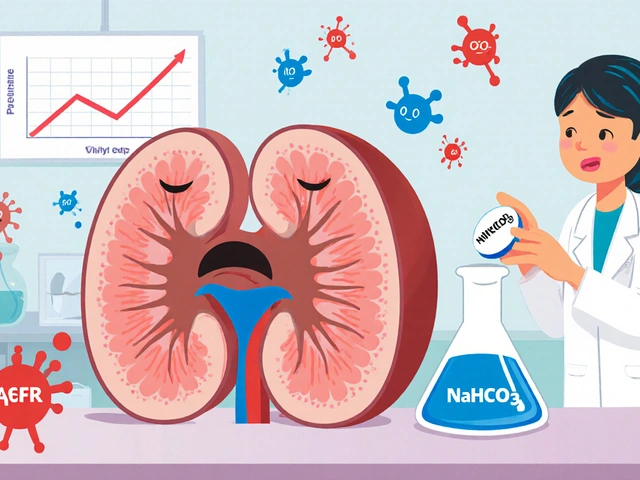

Comments(15)